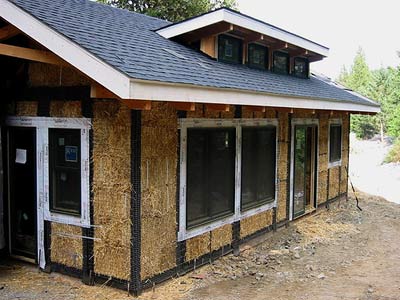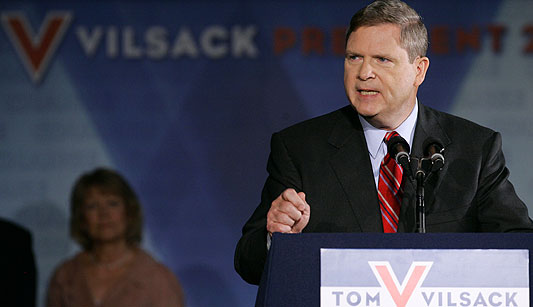Summer 2011 = Racism and Sexism in the American Classroom at New Paltz.
This is the first book on the list: Still Failing at Fairness, by David Sadker and Karen Zittleman. The follow up to their 1995 edition Failing at Fairness , offers a look at gender in the American education system. Sadker and Zittleman have done quite a bit of research on their own, mostly field observation, but they’re also well versed in the science, writing, and history of the subject. I left feeling like an expert!
The key points?
* Contrary to popular belief, women are still overshadowed in classrooms.
*Minority boys fall even further behind women. Minority women do better than minority boys, but not as well as white women.
*Boys feel they’re targeted for behavior in school.
*Both boys and girls feel pressure to be perfect but in different ways: boys want to be white, rich, smart, athletic. Women want to be white, pretty, dateable, smart (but not too smart) and rich.
*Minority women fare better in self-confidence and self-respect than white women.
*Women trail men in SAT/ACT/GRE testing despite higher grades in school. This points to inequities in the test itself.
*Women are lagging in enrollment in Math and Science despite efforts to recruit.
*Women make about 75 cents on the dollar even with higher education.
*Single-sex classrooms have proved inconclusive in helping bridge the gap.
You can get a new copy on amazon for around $6. Happy reading!






